Ace of Base: 2019 Nissan Sentra S

It has come to your author’s attention that this series has not paid one iota of consideration to the Nissan Sentra. Plenty of other cars from the Yokohama-based brand have passed through these cheap seats, but not the Sentra. Let’s correct that oversight right now.
While other brands are scuttling away from small sedans like cockroaches scattering when the lights are turned on, Nissan soldiers on with the segment. This compact car competes with Civic and Corollas but, unlike those models, no hatchback variant is offered here.
The penultimate Sentra wore some strange styling choices, trying to walk the line between its new lot in life as (technically, by interior volume) a midsize sedan and its history as a foil to the Civic Si in its tasty SE-R form. For the current car, introduced back in 2013, its visage is much more in line with big bros Altima and Maxima.
Unlike some of its competition, who reserve a stick shift for expensive trims, Nissan makes the six-speed manual transmission available on the cheapest Sentra. Its 1.8-liter four-banger makes 130 horsepower and a roughly like amount of torque, average for entry-level cars in this segment. Note: those are indeed drum brakes out back, hiding behind 16-inch rubber.
Those sideview mirrors are of the power variety, as one would expect these days, as are the car’s locks and windows. Air conditioning is also standard, along with the likes of cruise control and a tilt/telescope wheel. Your chairs are cloth covered and manually adjusted at this price. The rear bench does fold in a 60/40 split, expanding on the already large 15.1 cubic feet of space.
Infotainment wasn’t Nissan’s banner feature when this car appeared five years ago and it continues to show its age. Bluetooth is present and accounted for in that 7-inch touchscreen, however, plus alleged hands-free text messaging. I say “alleged” because a good friend has a Sentra much like this one and cannot command her car to transcribe text messages for love nor money. Carplay doesn’t appear until zootier trims.
Sitting on dealer lots with a sticker of just $17,890, the Sentra represents a solid but often overlooked value, especially considering its competition routinely trades for thousands more. Given that price differential, one could jazz up their Sentra with $145 dual USB ports for rear seat passengers and a $365 decklid spoiler while remaining money-in-the-bank compared to others in its class.
[Images: Nissan]
Not every base model has aced it. The ones which have? They help make the automotive landscape a lot better. Any others you can think of, B&B? Let us know in the comments and feel free to eviscerate our selections.
The model above is shown with American options and priced in American Dollars. Your dealer may sell for less.

Matthew buys, sells, fixes, & races cars. As a human index of auto & auction knowledge, he is fond of making money and offering loud opinions.
More by Matthew Guy
Latest Car Reviews
Read moreLatest Product Reviews
Read moreRecent Comments
- W Conrad I'm not afraid of them, but they aren't needed for everyone or everywhere. Long haul and highway driving sure, but in the city, nope.
- Jalop1991 In a manner similar to PHEV being the correct answer, I declare RPVs to be the correct answer here.We're doing it with certain aircraft; why not with cars on the ground, using hardware and tools like Telsa's "FSD" or GM's "SuperCruise" as the base?Take the local Uber driver out of the car, and put him in a professional centralized environment from where he drives me around. The system and the individual car can have awareness as well as gates, but he's responsible for the driving.Put the tech into my car, and let me buy it as needed. I need someone else to drive me home; hit the button and voila, I've hired a driver for the moment. I don't want to drive 11 hours to my vacation spot; hire the remote pilot for that. When I get there, I have my car and he's still at his normal location, piloting cars for other people.The system would allow for driver rest period, like what's required for truckers, so I might end up with multiple people driving me to the coast. I don't care. And they don't have to be physically with me, therefore they can be way cheaper.Charge taxi-type per-mile rates. For long drives, offer per-trip rates. Offer subscriptions, including miles/hours. Whatever.(And for grins, dress the remote pilots all as Johnnie.)Start this out with big rigs. Take the trucker away from the long haul driving, and let him be there for emergencies and the short haul parts of the trip.And in a manner similar to PHEVs being discredited, I fully expect to be razzed for this brilliant idea (not unlike how Alan Kay wasn't recognized until many many years later for his Dynabook vision).
- B-BodyBuick84 Not afraid of AV's as I highly doubt they will ever be %100 viable for our roads. Stop-and-go downtown city or rush hour highway traffic? I can see that, but otherwise there's simply too many variables. Bad weather conditions, faded road lines or markings, reflective surfaces with glare, etc. There's also the issue of cultural norms. About a decade ago there was actually an online test called 'The Morality Machine' one could do online where you were in control of an AV and choose what action to take when a crash was inevitable. I think something like 2.5 million people across the world participated? For example, do you hit and most likely kill the elderly couple strolling across the crosswalk or crash the vehicle into a cement barrier and almost certainly cause the death of the vehicle occupants? What if it's a parent and child? In N. America 98% of people choose to hit the elderly couple and save themselves while in Asia, the exact opposite happened where 98% choose to hit the parent and child. Why? Cultural differences. Asia puts a lot of emphasis on respecting their elderly while N. America has a culture of 'save/ protect the children'. Are these AV's going to respect that culture? Is a VW Jetta or Buick Envision AV going to have different programming depending on whether it's sold in Canada or Taiwan? how's that going to effect legislation and legal battles when a crash inevitibly does happen? These are the true barriers to mass AV adoption, and in the 10 years since that test came out, there has been zero answers or progress on this matter. So no, I'm not afraid of AV's simply because with the exception of a few specific situations, most avenues are going to prove to be a dead-end for automakers.
- Mike Bradley Autonomous cars were developed in Silicon Valley. For new products there, the standard business plan is to put a barely-functioning product on the market right away and wait for the early-adopter customers to find the flaws. That's exactly what's happened. Detroit's plan is pretty much the opposite, but Detroit isn't developing this product. That's why dealers, for instance, haven't been trained in the cars.
- Dartman https://apnews.com/article/artificial-intelligence-fighter-jets-air-force-6a1100c96a73ca9b7f41cbd6a2753fdaAutonomous/Ai is here now. The question is implementation and acceptance.




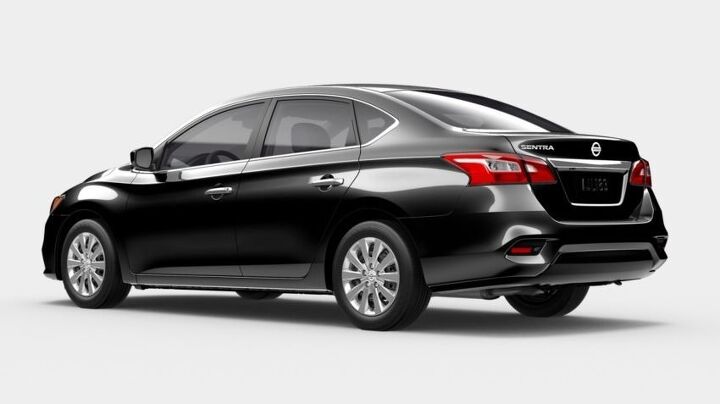

















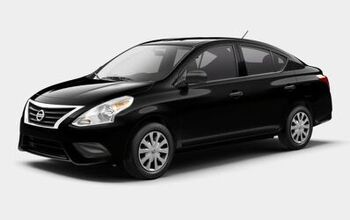

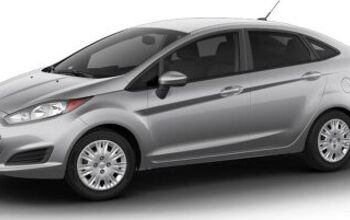
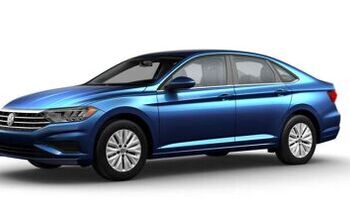
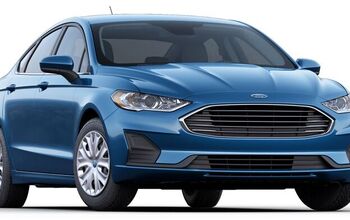










Comments
Join the conversation
After reading many of the Nissan Sentra comments I am surprised by the degree of negativity. I purchased a 2017 Sentra S, 6 MT in April of 2017 and it just rolled over the 150,000 km mark. It consistently gets 650 km on 40 litres of fuel and has not had a single mechanical issue. I bought the car as a commuter and it does what it is suppose to do and with a much lower purchase price, mine was under 16,000 CDN. It is not a sports car or a luxury car so don't expect it to be. The one issue, and this may be a Canadian issue, you cannot get A/C with a manual transmission. In closing, I would gladly replace my Sentra for another one in about 30,000 more kms.
It is better than any compact car GM has produced in the America.